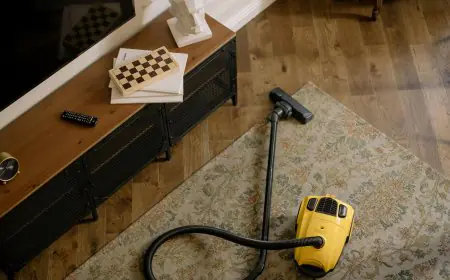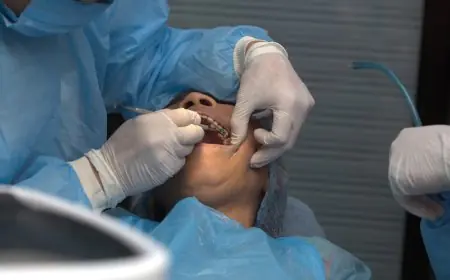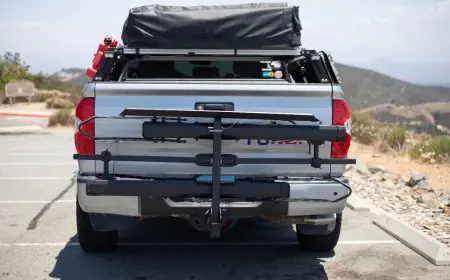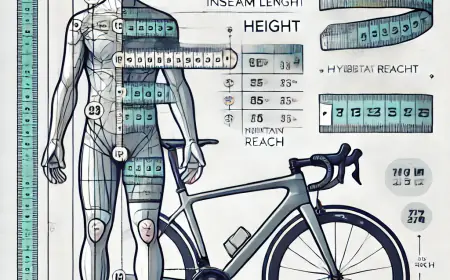How to Prevent and Fix a Daylily Stalk That Broke in a Transport Bag
Discover expert tips to prevent daylily stalks from breaking during transport and learn how to salvage damaged plants. Keep your blooms safe with proven gardening strategies!

Introduction
Discovering a daylily stalk broke in your transport bag can feel devastating, especially after carefully nurturing these vibrant perennials. Daylilies, prized for their resilience and beauty, have hollow stalks that are prone to snapping under pressure during transit. However, with the right preventative measures and recovery techniques, you can minimize damage and even turn mishaps into opportunities for propagation.
Why Daylily Stalks Are Prone to Breaking
Understanding the science behind the fragility of daylily stalks helps tailor solutions:
-
Anatomical Vulnerability:
Daylily stalks are hollow and lack woody tissue, making them susceptible to bending or snapping when jostled. Their structure prioritizes rapid growth and flowering over durability. -
Environmental Stressors:
Temperature fluctuations during transport cause stalks to expand and contract, weakening their cell walls. High humidity can soften stalks, while low humidity makes them brittle. -
Mechanical Damage:
Friction from shifting inside bags, pressure from overcrowding, or accidental impacts (e.g., dropping the bag) are common culprits.
Preventing Breakage: 6 Proactive Strategies
1. Select a Transport Bag Designed for Delicate Plants
-
Material Matters: Use breathable, padded bags with reinforced stitching. Mesh gardening totes or insulated plant carriers (like the Gardener’s Supply Company Deluxe Tote) reduce abrasion and provide airflow.
-
Size & Shape: Opt for vertical bags that keep stalks upright. Horizontal bags increase the risk of stalks tangling or bending.
2. Prepare Stalks for Transit
-
Hydrate First: Water plants 24 hours before transport. Well-hydrated stalks are more flexible and less likely to snap.
-
Trim Excess Foliage: Remove lower leaves and non-essential buds to reduce weight and friction.
3. Use Intelligent Packing Techniques
-
Layer Cushioning: Line the bag’s base with foam sheets or bubble wrap. For extra protection, wrap individual stalks in moist paper towels or soft cloth.
-
Secure Stalks: Bundle stalks gently using Velcro plant ties or stretchy garden tape. Avoid tight knots that restrict circulation.
4. Stabilize the Bag’s Interior
-
Create Compartments: Use cardboard dividers or pool noodles to separate stalks and prevent shifting.
-
Fill Gaps: Stuff empty spaces with crumpled newspaper or air pillows to minimize movement.
5. Optimize Transport Conditions
-
Avoid Extreme Temperatures: Never leave the bag in a hot car or freezing trunk. Ideal transport temperatures range between 50–75°F (10–24°C).
-
Limit Transit Time: Plan routes to minimize journey duration. For long trips, check stalks hourly for stress signs.
6. Reinforce with External Support
-
Insert Stakes: Place thin bamboo stakes alongside tall stalks and secure them with ties. This mimics natural garden support during transit.
Step-by-Step: Salvaging a Broken Daylily Stalk
If a daylily stalk broke in your transport bag, act quickly to maximize recovery chances:
1. Assess the Damage
-
Partial Break: If the stalk is partially attached, use floral tape or grafting clips to bind it.
-
Complete Break: If fully detached, focus on propagation (see below).
2. Immediate First Aid
-
Sterilize Tools: Wipe pruning shears with rubbing alcohol to prevent infection.
-
Trim the Break: Cut the damaged end at a 45° angle to increase surface area for water absorption.
3. Hydrate and Nourish
-
Water Therapy: Submerge the stalk in a vase with 1–2 inches of water mixed with a rooting hormone like Clonex Hydro. Replace water daily.
-
Nutrient Boost: Add a drop of liquid kelp fertilizer to stimulate root growth.
4. Propagate the Broken Stalk
-
Cutting Preparation: Slice the stalk into 4–6" segments, ensuring each has at least one node (a small bump where leaves emerge).
-
Planting Method:
-
Soil Propagation: Bury cuttings 2" deep in a mix of perlite and peat moss. Keep soil moist but not soggy.
-
Water Propagation: Place cuttings in a clear jar with filtered water. Roots typically form in 2–3 weeks.
-
5. Post-Propagation Care
-
Light: Provide bright, indirect light to avoid scorching delicate new roots.
-
Acclimation: Gradually introduce propagated plants to outdoor conditions over 7–10 days.
Common Mistakes to Avoid
-
Using Plastic Bags: Traps moisture and heat, accelerating rot.
-
Overcrowding: Competing stalks increase breakage risk.
-
Ignoring Broken Stalks: Leaving damaged stalks untreated invites pests and disease.
Post-Transport Care for Daylilies
-
Rehydrate Roots: Soak the root ball in water for 30 minutes before replanting.
-
Shade Recovery: Keep plants in partial shade for 48 hours to reduce transplant shock.
-
Monitor for Stress: Yellowing leaves or drooping may indicate root damage—trim affected areas and apply mycorrhizal fungi to boost root health.
Dive Deeper into LwmfCrafts: Discover the Art of Handmade Creations for Every Skill Level.
FAQs: Addressing Reader Concerns
Q: Can a completely broken stalk regrow?
A: Yes! While the original stalk won’t reattach, cuttings can root and grow into new plants.
Q: How long can daylilies survive in a transport bag?
A: Maximum 12–24 hours, depending on temperature and hydration levels.
Q: Do broken stalks affect flowering?
A: If salvaged quickly, propagated stalks can bloom within the same season.
AI Image Concept
A split-image illustration showing:
-
Left Side: A broken daylily stalk in a poorly packed bag (crumpled, no padding).
-
Right Side: A healthy stalk in a padded bag with foam, stakes, and ties.
Style: Photorealistic with labels highlighting best practices.
Conclusion
A daylily stalk broke in your transport bag isn’t a gardening dead end—it’s a chance to refine your skills and propagate new plants. By investing in sturdy transport materials, packing with precision, and acting swiftly to salvage damage, you’ll ensure your daylilies remain vibrant.
What's Your Reaction?





















































































